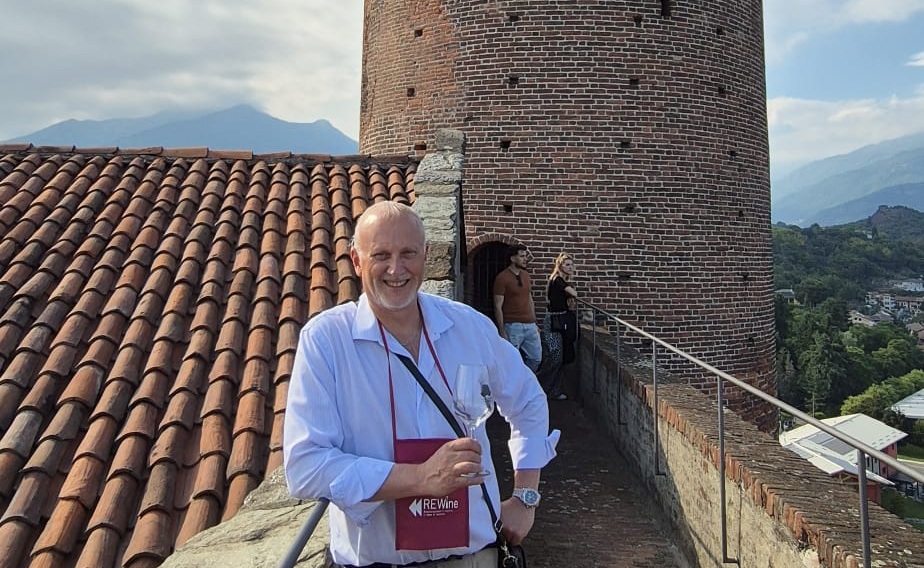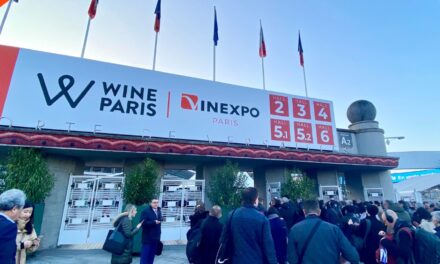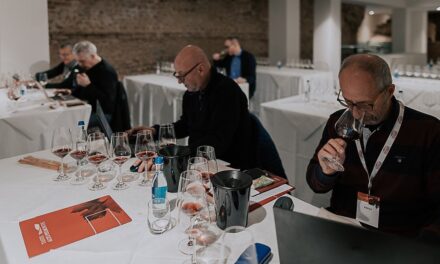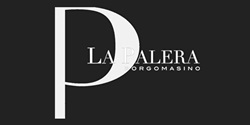From Erbaluce to Nebbiolo, through the stone walls of history – discovering Canavese’s soul at the foot of Ivrea’s castle
IVREA – On a bright Sunday in late May, the medieval town of Ivrea, nestled between the alpine foothills and the rolling vineyards of northwestern Piedmont, played host to a festival that was far more than a wine tasting. ReWine Canavese 2025, in its fifth edition, brought together the passion of over 50 local producers, the beauty of the Castello di Ivrea, and the resilient spirit of a territory rediscovering its identity through the lens of wine.
A Castle with Stories to Tell
Before diving into the glasses, let’s set the scene. Ivrea is not just any town — it’s a place where history, innovation, and culture converge. Once a Roman outpost and later a center of industrial utopia thanks to Olivetti, Ivrea was recognized as a UNESCO World Heritage Site in 2018. Overlooking the town is the Castello di Ivrea, a striking 14th-century fortress commissioned by Amedeo VI of Savoy. With its tall red-brick towers and panoramic views of the Dora Baltea river, the castle offered the perfect stage for a wine event rooted in both tradition and territory.
A Festival Born from the Land
Organized by the Giovani Vignaioli Canavesani, a collective of young, passionate winemakers, ReWine is not just about pouring wine — it’s about telling stories. The 2025 edition was carefully divided into four thematic tasting areas, each one guiding the visitor through a different expression of the Canavese viticultural mosaic.
From sparkling freshness to structured reds and rare native varietals, the festival offered an immersive journey into the diversity and richness of this underrated Piedmontese wine district.
The Wines and Grapes of Canavese: A Closer Look
The Canavese area, though often overshadowed by its Langhe and Roero cousins, boasts a fascinating mix of autochthonous and noble varietals that thrive in its varied altitudes and glacial soils. Here are some standouts from the tasting tables:
Erbaluce di Caluso DOCG
The undisputed queen of the territory, Erbaluce is a white grape that delivers crisp acidity, mineral tension, and remarkable aging potential. Vinified in several styles — from dry still wines to sparkling and passito — Erbaluce is a chameleon. At ReWine, many producers showcased fresh 2023 vintages with notes of green apple, white flowers, and citrus zest, alongside complex versions aged sur lie or in oak, displaying hints of hazelnut, honey, and herbs.
Nebbiolo
In Canavese, Nebbiolo takes on a unique character, often softer and more perfumed than in Barolo or Barbaresco. The wines here show rose petal, red cherry, and subtle earthy tones. The Canavese Nebbiolo DOC expressions were particularly elegant — lighter in body, but vibrant and food-friendly, perfect for everyday drinking or medium-term cellaring.
Barbera & Freisa
Canavese’s Barbera offers a livelier, leaner take compared to the versions from Asti or Alba — more cranberry than plum, more spice than oak. Some young winemakers are experimenting with semi-carbonic maceration, delivering juicy, drink-now reds with crunchy fruit and low tannins. Freisa, with its slightly wild tannic structure and aromatic lift, added a rustic charm to the tasting journey — a reminder of the region’s untamed personality.
Passiti and Sparkling Surprises
The Erbaluce Passito, made from dried grapes, was a revelation — golden amber in the glass, with apricot, candied citrus peel, almond, and saffron notes, balanced by zesty acidity. Meanwhile, the traditional method sparkling Erbaluce (Metodo Classico) charmed visitors with its fine mousse, brioche complexity, and alpine freshness, proving its potential beyond still whites.
More than Wine: Culture and Community
ReWine is as much a cultural festival as a wine fair. The conversations with producers were personal, passionate, and unfiltered. Many of them are first- or second-generation winemakers, determined to bring new energy to a land with ancient roots but long overshadowed in the international scene.
The event also hosted thematic talks, workshops, and local food pairings — from Toma cheese and Canavese salami to risotto with Erbaluce and amaretti pastries. Everything was served in the open courtyards of the castle, where visitors sipped, laughed, and wandered between towers and casks under a sun-kissed spring sky.
Final Thoughts: The Rise of a Territory
ReWine Canavese 2025 was not just a wine tasting — it was an affirmation. An affirmation that great wines are not the monopoly of famous labels, and that regions like Canavese — with their mountain breezes, glacial soils, and daring winemakers — deserve a spotlight on the global stage.
Ivrea, with its layers of history and its youthful energy, proved the perfect host. And as I left the castle with my tasting glass tucked carefully in my bag and a mind full of aromas and ideas, I knew I had witnessed not just a festival, but a quiet revolution in the glass.










